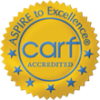Eating disorders are not just about the way a person eats food. They are a type of mental health disorder and often are a component of a much larger need for support and therapy. These are very complex conditions, often challenging to treat, but possible to improve with professional help. Like any other mental health disorder, treatment is beneficial to minimizing negative outcomes. If you’re suffering from disordered eating, please reach out to Red Oak Recovery® today at 866.457.7590.
Common Eating Disorders
Many people experience complications from eating disorders, which may include malnutrition, disease, psychological damage. There is a range of common eating disorders, and each one deserves appropriate treatment.
Anorexia Nervosa
Anorexia Nervosa is one of the most acknowledged eating disorders and involves a person believing that they are overweight. That individual then goes through numerous steps to try to lose weight, including very restrictive eating patterns, fear of gaining weight, and skipping multiple meals. This individual has a distorted body image and is often in denial of being seriously underweight.
Bulimia Nervosa
This condition occurs in many teens and young adults and is more common in women than in men. It involves eating frequently, often in large amounts, during a short period of time. Bulimia leads to being painfully full due to being unable to control how much food the person is consuming. Then, the person attempts to purge themselves to reduce their caloric intake and to reduce discomfort. A person may engage in:
- Forced vomiting
- Use of laxatives
- Using enemas
- Diuretic use or abuse
- Excessive exercising
A person will feel a lack of control when binge eating like this. In some cases, it can cause an imbalance of electrolytes which leads to heart or stroke risks.
Binge Eating Disorder
Those with this condition have a similar set of symptoms as in bulimia. They eat a large amount of food in a short period and feel the same lack of control to stop. However, they do not restrict calories, and they do not engage in purging behaviors. Some of the most common symptoms of this condition include:
- Eating large amounts of food in secret or rapidly
- Feeling a lack of control when eating like this
- No calorie restriction or other measures to compensate for the excessive intake
- Feelings of guilt, shame, and disgust after binge eating
- Eating when not hungry to gain a sense of control or feeling satisfied
Binge eating disorder has quickly become one of the most common eating disorders in the United States today.
Pica
Pica is an eating disorder in which a person eats things that are not food, including dirt, hair, soap, chalk, ice, or laundry detergent. The list of items is numerous, but all items do not have any nutritional value to them. Some are also highly dangerous to consume. A person may crave these types of foods.
A lack of nutrients in the diet may have brought on pica. Other times, it occurs for unknown reasons. This eating disorder is most common in people experiencing high stress, pregnant women, or those with developmental disabilities.
Secure the Help You Need at Red Oak Recovery®
At Red Oak Recovery®, we provide comprehensive support to our clients for a range of eating disorders and other mental health disorders. No matter where you are right now in getting the support you need, we can help you. Some of the therapies and treatment options we offer include:
- Nutritional therapy services
- Psychotherapy services and programs
- Behavioral therapy services
- Trauma therapy programs
- Clinical rehabilitation services
- Holistic healing services
If you are struggling with any of these eating disorders or others, reach out to our team at Red Oak Recovery®. Allow our professionals to work closely with you to determine the right level and type of help best suited for your needs. Call 866.457.7590 to get help now or reach out to us online.









